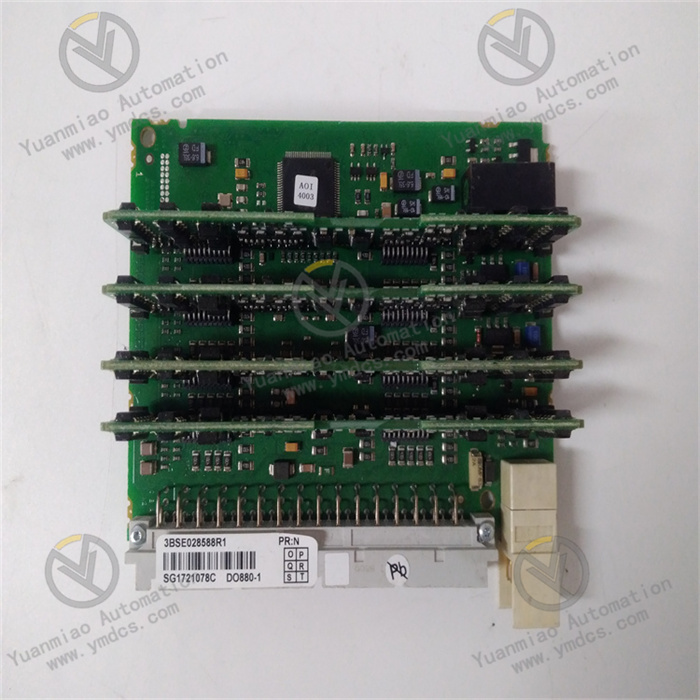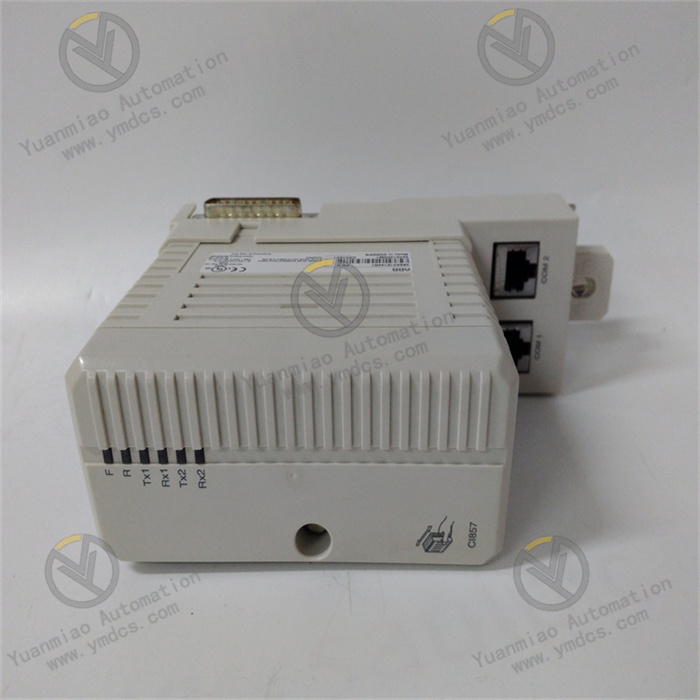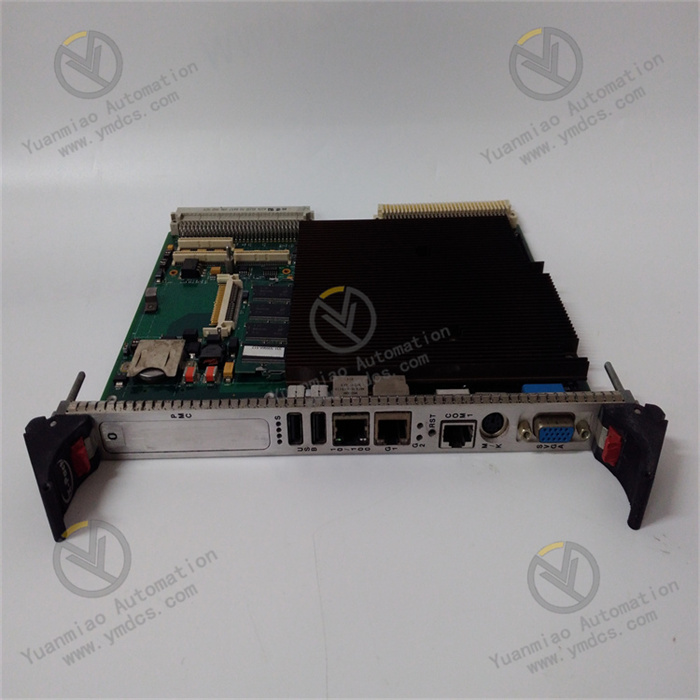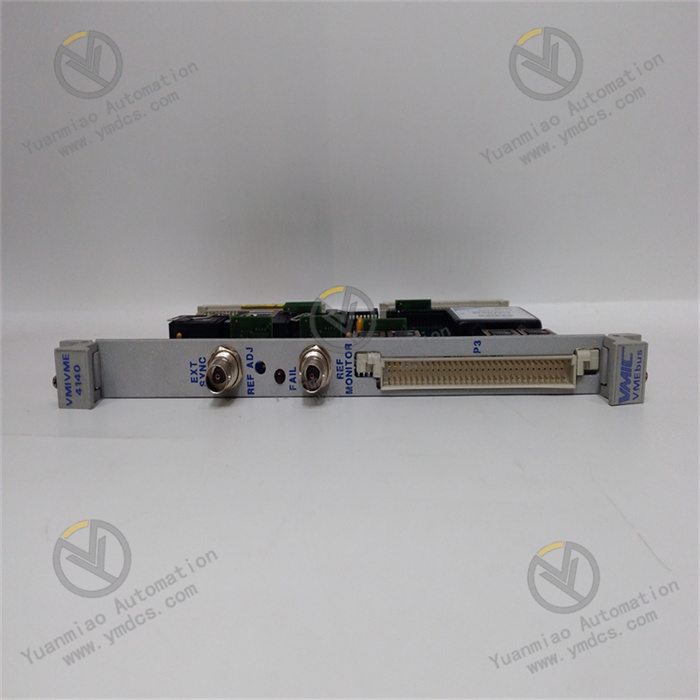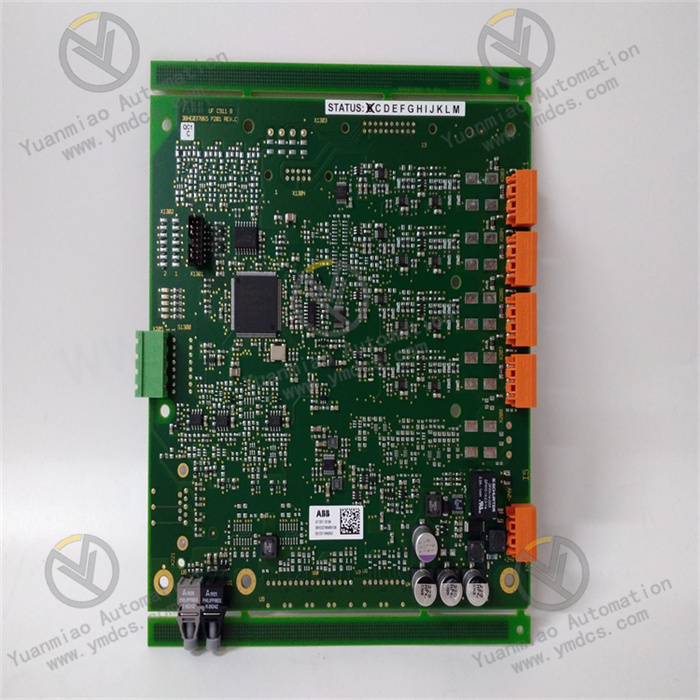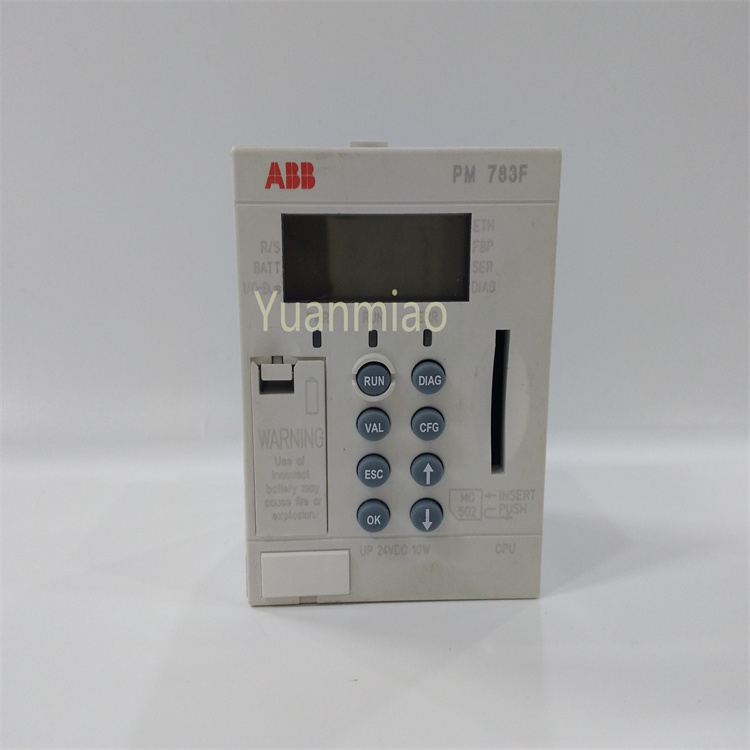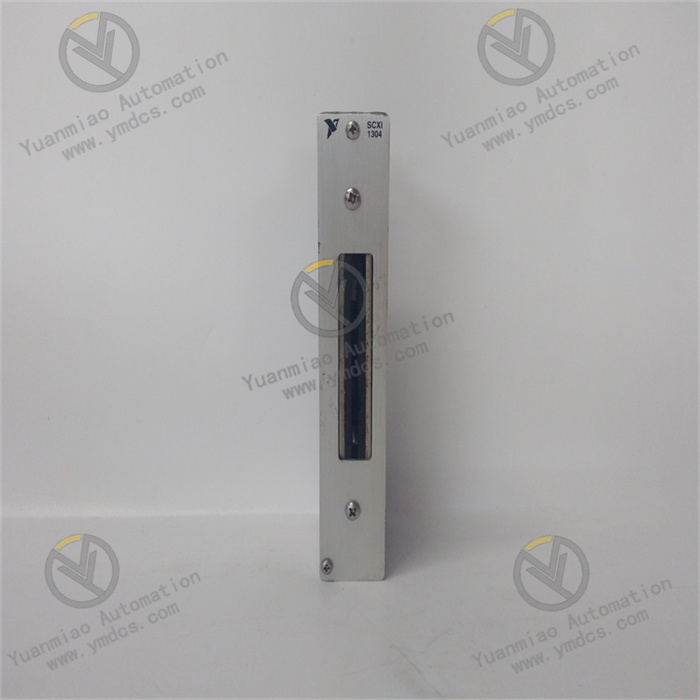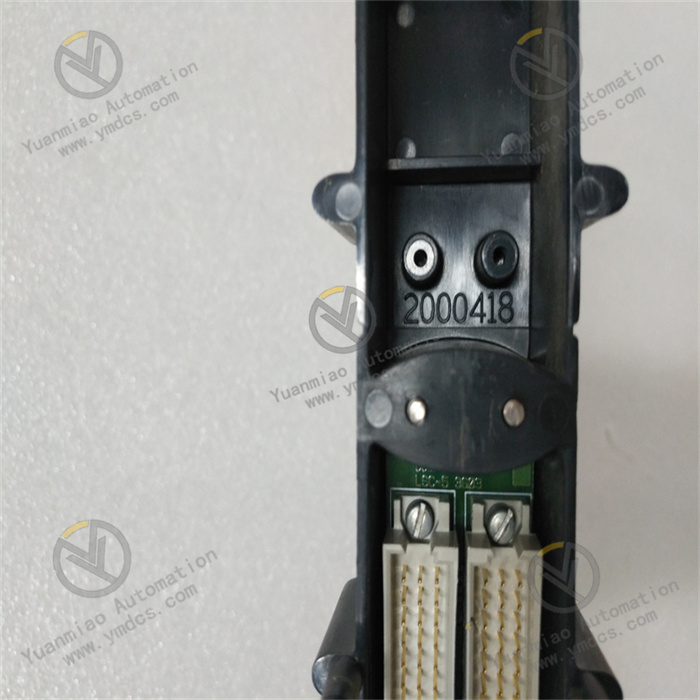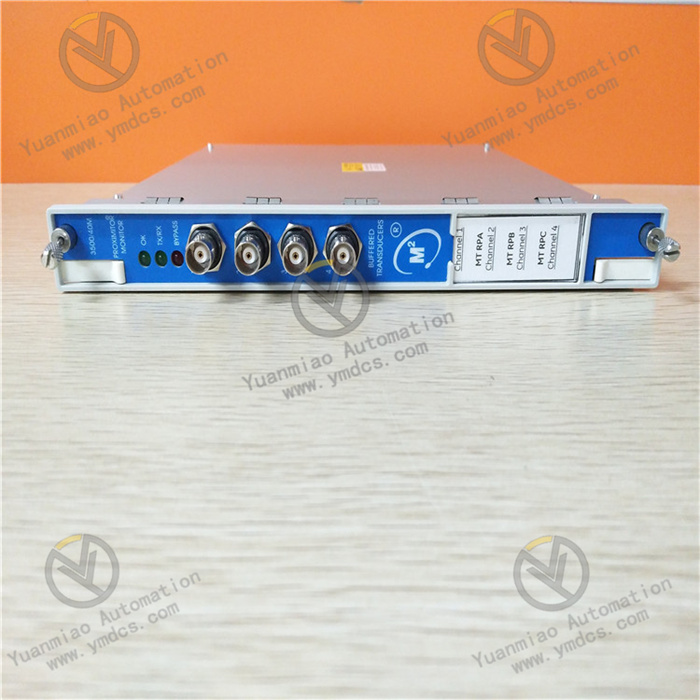Description
Features • Benchmark control performance on rotary and linear valves • Superior diagnostics and data storage capabilities • Local and remote configuration • Easy interpretation of diagnostics data • Efficient mounting program for all types of actuators • Low power consumption • Available for HART, PROFIBUS-PA and FOUNDATION Fieldbus networks • Reliable and robust design • Device self diagnostics • SIL 2 approved device • On-line, performance and communication diagnostics • Hot swap support: possibility to install also on valves that are in process with 1-point calibration feature
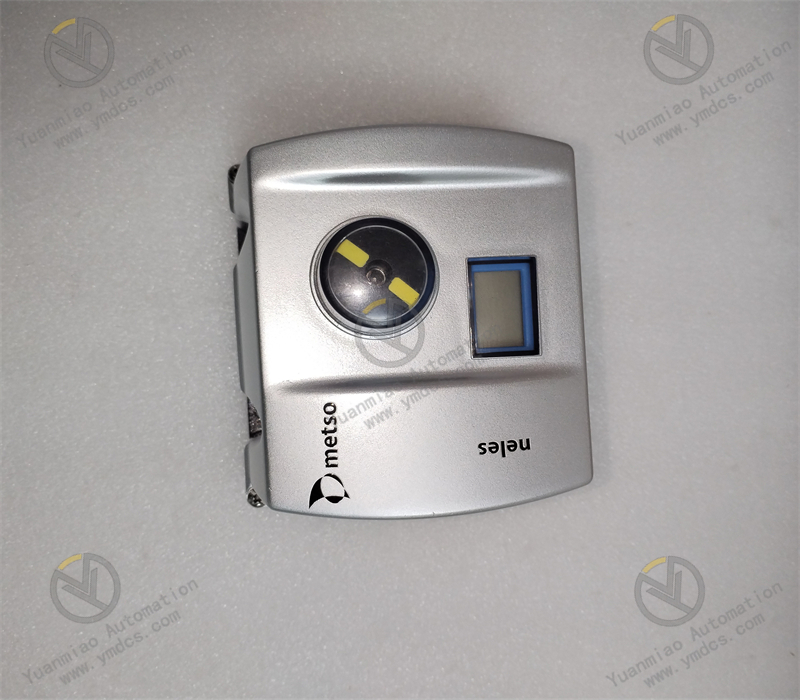
Basic Functions: Precise Control: It can provide benchmark control performance for rotary valves and linear valves, ensuring that the valves can accurately adjust their opening degrees according to the instructions of the controller, thereby achieving precise control of process parameters such as flow rate and pressure. Signal Processing: It receives an input signal of 4 - 20mA and conducts data interaction with the upper control system through the HART (6 and 7) communication protocol. It can accurately convert the control signal into the actual movement of the valve.
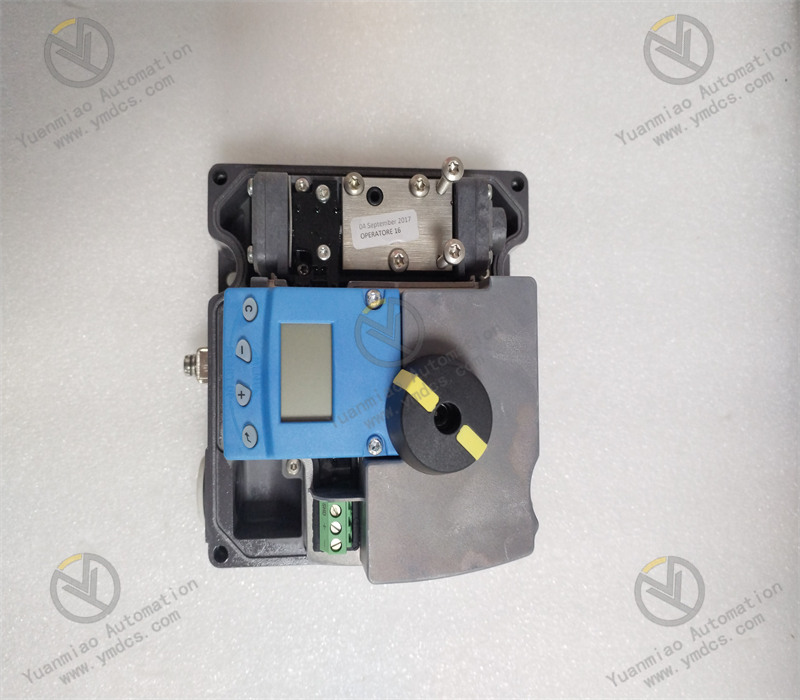 Main Features:
Strong Diagnostic Capability: It has advanced equipment diagnostic functions, including self-diagnosis, online diagnosis, performance diagnosis, and communication diagnosis, etc. It can also conduct extended offline tests. Through the easy interpretation of diagnostic data, it helps operators quickly locate and solve potential problems. In addition, it has performance view and online valve characteristic analysis functions, which are helpful for optimizing the operation performance of the valve.
Easy to Configure: It supports local and remote configuration. Simple and quick calibration and configuration can be carried out through the local user interface (LUI), the remote Fieldcare software, or the asset management tools of the distributed control system (DCS). The LUI has functions such as local valve control and guided startup, and it can also be remotely locked to prevent unauthorized access.
Good Adaptability: It is designed for various types of actuators and has a wide selection of installation kits, enabling it to adapt to actuators from different manufacturers. It can operate under harsh environmental conditions, has good temperature characteristics, can withstand vibration and impact, and its protection level reaches IP66/NEMA 4X, which can effectively prevent the intrusion of dust and water.
Low Power Consumption: Adopting a low-power design, it is suitable for all common control systems and can be conveniently integrated into various industrial automation systems without imposing too much burden on the energy supply of the system.
Main Features:
Strong Diagnostic Capability: It has advanced equipment diagnostic functions, including self-diagnosis, online diagnosis, performance diagnosis, and communication diagnosis, etc. It can also conduct extended offline tests. Through the easy interpretation of diagnostic data, it helps operators quickly locate and solve potential problems. In addition, it has performance view and online valve characteristic analysis functions, which are helpful for optimizing the operation performance of the valve.
Easy to Configure: It supports local and remote configuration. Simple and quick calibration and configuration can be carried out through the local user interface (LUI), the remote Fieldcare software, or the asset management tools of the distributed control system (DCS). The LUI has functions such as local valve control and guided startup, and it can also be remotely locked to prevent unauthorized access.
Good Adaptability: It is designed for various types of actuators and has a wide selection of installation kits, enabling it to adapt to actuators from different manufacturers. It can operate under harsh environmental conditions, has good temperature characteristics, can withstand vibration and impact, and its protection level reaches IP66/NEMA 4X, which can effectively prevent the intrusion of dust and water.
Low Power Consumption: Adopting a low-power design, it is suitable for all common control systems and can be conveniently integrated into various industrial automation systems without imposing too much burden on the energy supply of the system.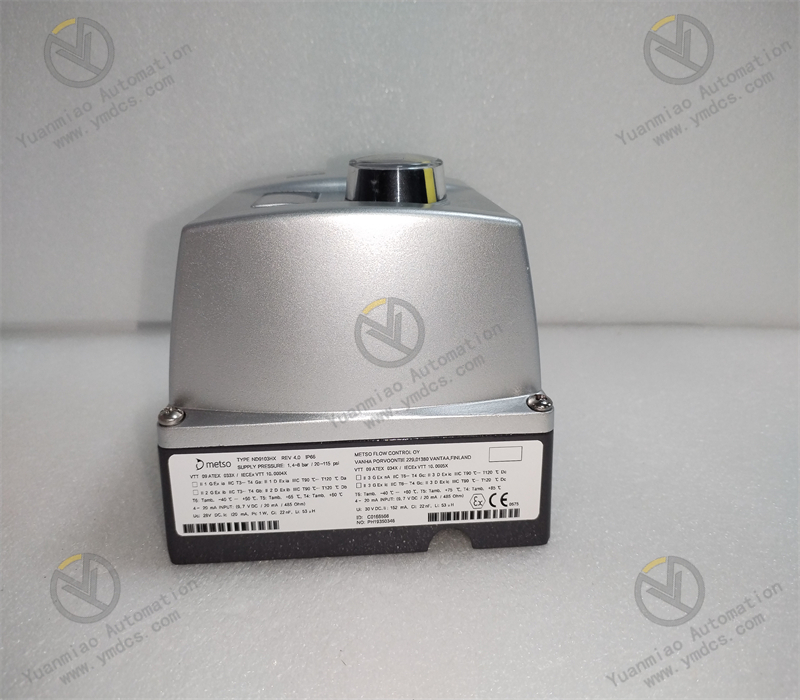
Electrical Characteristics: The power supply voltage is 30V DC. The load voltage is as high as 9.7V DC at 20mA, corresponding to a voltage drop of 485Ω. The input signal range is a HART signal of 4 - 20mA. It has good electromagnetic compatibility, can work stably in a complex electromagnetic environment, and has strong anti-interference ability, ensuring reliable communication and normal operation between the positioner and other devices. Mechanical Characteristics: The shell adopts a robust modular design, and the material is usually corrosion-resistant materials such as stainless steel, which has good corrosion resistance and mechanical strength. The installation method is flexible, and it can be fixed to the valve or actuator in a variety of installation ways. The installation kit includes relevant shaft adapters, making it convenient to connect with different types of valves and actuators.
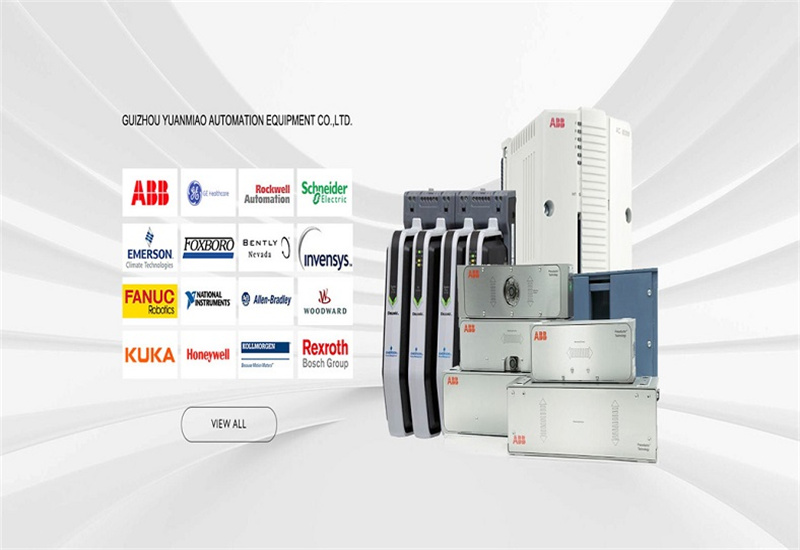
The company focuses on DCS, PLC, robot, large servo four systems
The main products are various modules/cards, controllers, touch screens, servo drivers
Company advantage: Supply imported original products, professional production of spare parts
One year warranty, fast delivery time, complete supply !!!
① 24 hours email response (12 hours);
② For shipment outside Asia, please contact the seller.
【 Disclaimer 】 We sell new products and discontinued products, independent channels to buy such special products. Guizhou Yuanmiao Automation Equipment Co., Ltd. is not an authorized distributor, dealer or representative of the products featured on this website. All product names/product images, trademarks, brands and microlabels used on this Website are the property of their respective owners. Descriptions, depictions or sales of products with such names/images, trademarks, brands and logos are for identification purposes only and do not imply any association or authorization with any rights holder.


